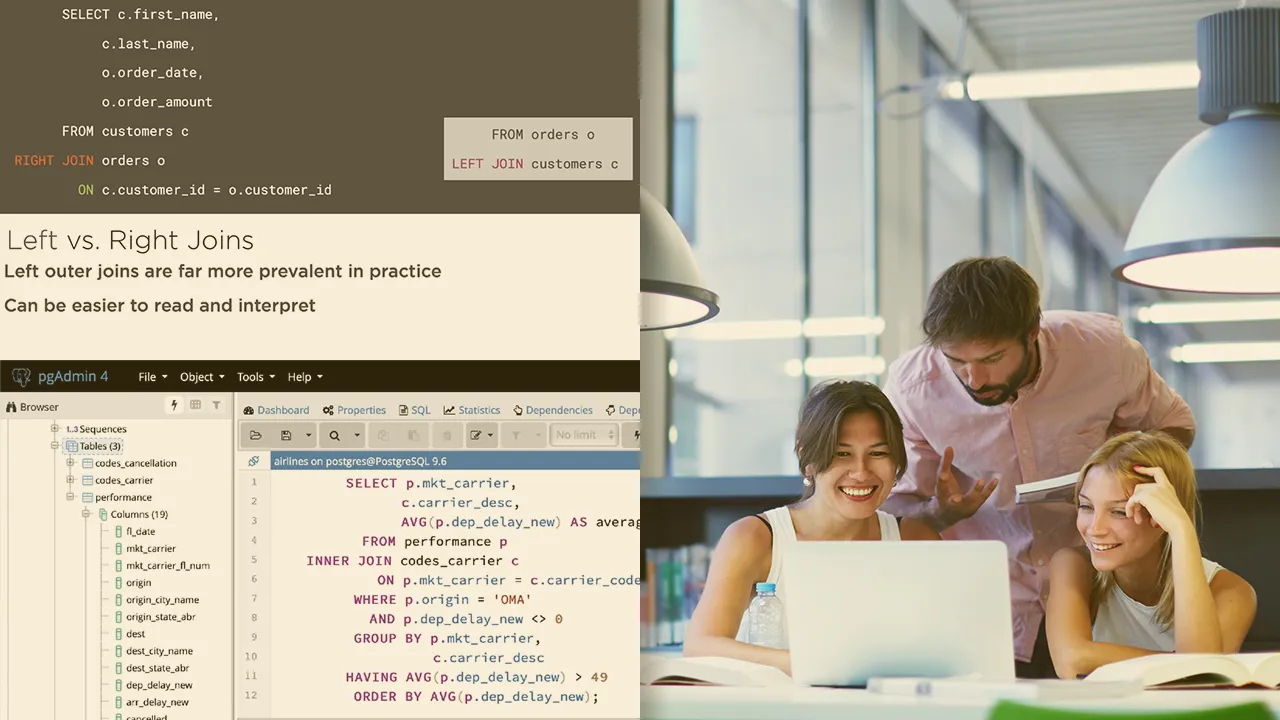
Genome Sequencing (Bioinformatics II) 
Discover the power of genome sequencing and learn how to apply graph theory and brute force algorithms to assemble genomes and identify antibiotics. Join this course to explore the potential of personalized medicine and learn how to sequence the genome of a deadly Staphylococcus bacterium. ▼
ADVERTISEMENT
Course Feature
![]() Cost:
Cost:
Free
![]() Provider:
Provider:
Coursera
![]() Certificate:
Certificate:
Paid Certification
![]() Language:
Language:
English
![]() Start Date:
Start Date:
24th Jul, 2023
Course Overview
❗The content presented here is sourced directly from Coursera platform. For comprehensive course details, including enrollment information, simply click on the 'Go to class' link on our website.
Updated in [June 30th, 2023]
Genome Sequencing (Bioinformatics II) is a course that explores the use of graph theory and brute force algorithms to sequence genomes and antibiotics. In the first half of the course, students will learn how to assemble genomes from short pieces of DNA using graph theory. In the second half, students will learn how to apply brute force algorithms to identify naturally occurring antibiotics. Finally, students will apply popular bioinformatics software tools to sequence the genome of a deadly Staphylococcus bacterium that has acquired antibiotics resistance.
[Applications]
Upon completion of this course, students will be able to apply the concepts of graph theory and brute force algorithms to the sequencing of genomes and antibiotics. They will also be able to use popular bioinformatics software tools to sequence the genome of a deadly Staphylococcus bacterium that has acquired antibiotics resistance.
[Career Paths]
[Job Position Path]Genome Sequencing Bioinformatician
[Description]Genome sequencing bioinformaticians are responsible for analyzing and interpreting the data generated from sequencing a genome. They use a variety of software tools and algorithms to assemble the fragments of DNA into a complete genome sequence. They also use bioinformatics software to identify and analyze genes, proteins, and other biological features. Genome sequencing bioinformaticians must have a strong understanding of biology, genetics, and computer science.
[Development Trend]The demand for genome sequencing bioinformaticians is expected to grow as the field of personalized medicine advances. As more and more genomes are sequenced, the need for bioinformaticians to analyze and interpret the data will increase. Additionally, the development of new software tools and algorithms to improve the accuracy and speed of genome sequencing will create more opportunities for bioinformaticians.
[Education Paths]
The recommended educational path for learners interested in genome sequencing and bioinformatics is to pursue a degree in bioinformatics. This degree typically requires a bachelor's degree in a related field such as biology, computer science, or mathematics. The degree program will cover topics such as molecular biology, genetics, computer science, and mathematics. Students will learn how to use bioinformatics software tools to analyze and interpret biological data. They will also learn how to develop algorithms and models to solve biological problems. Additionally, they will gain an understanding of the ethical and legal implications of bioinformatics.
The development trend of bioinformatics degrees is to focus on the application of data science and machine learning to biological problems. This includes the use of artificial intelligence and machine learning to analyze large datasets, as well as the development of algorithms to predict the behavior of biological systems. Additionally, bioinformatics degrees are increasingly focusing on the ethical and legal implications of bioinformatics, as well as the development of new technologies to improve the accuracy and speed of data analysis.
Course Provider

Provider Coursera's Stats at AZClass
Discussion and Reviews
0.0 (Based on 0 reviews)
Explore Similar Online Courses

Advanced Portfolio Construction and Analysis with Python

Querying Data from PostgreSQL

Python for Informatics: Exploring Information

Social Network Analysis

Introduction to Systematic Review and Meta-Analysis

The Analytics Edge

DCO042 - Python For Informatics

Causal Diagrams: Draw Your Assumptions Before Your Conclusions

Whole genome sequencing of bacterial genomes - tools and applications

Learn Biopython: Preliminary Step Toward Bioinformatics

Introduction to programming for Bioinformatics with Python


Start your review of Genome Sequencing (Bioinformatics II)